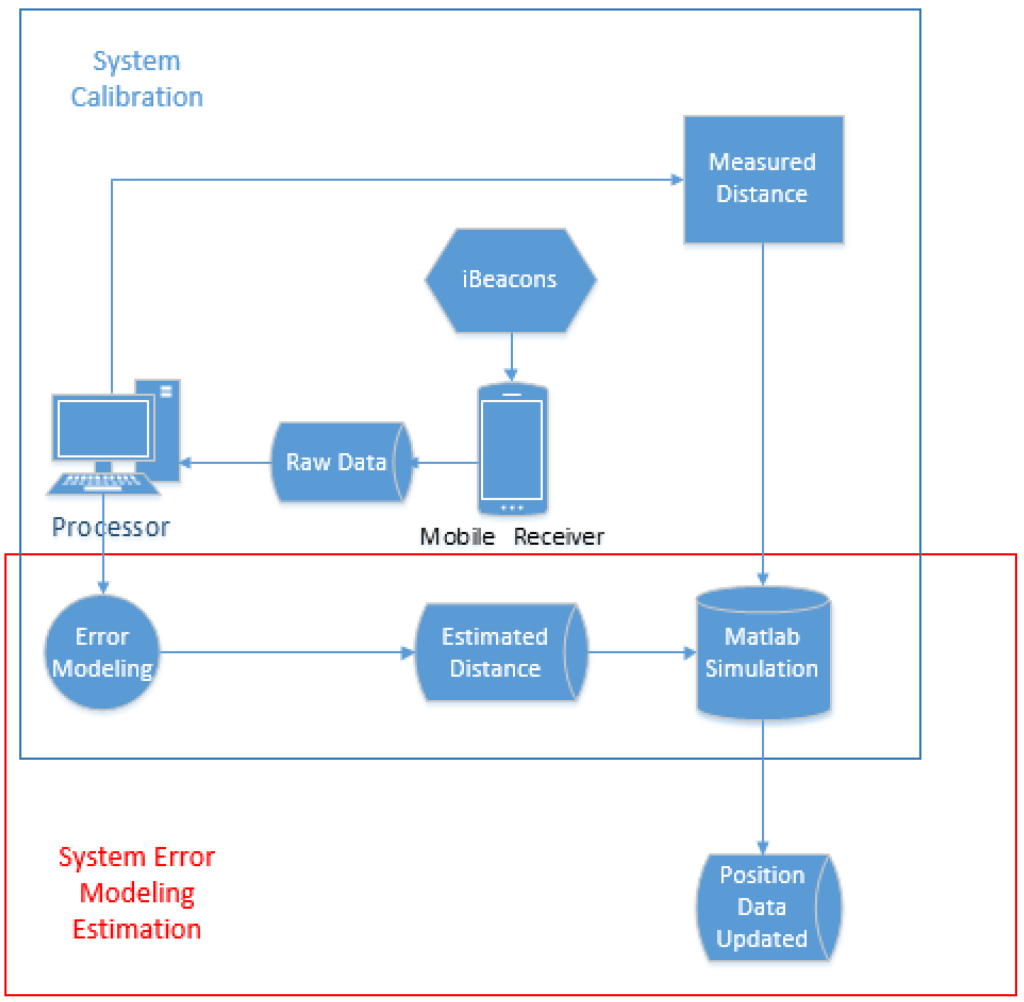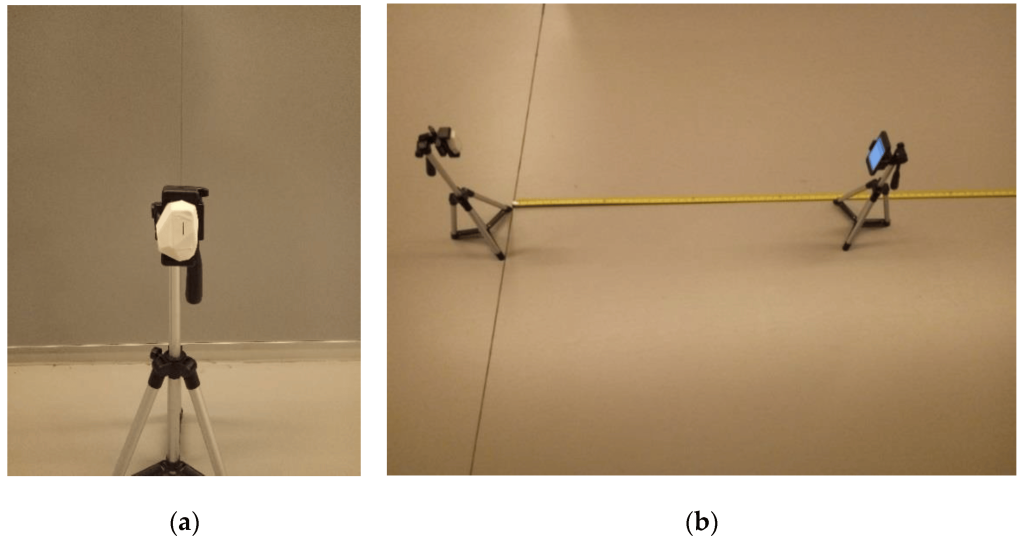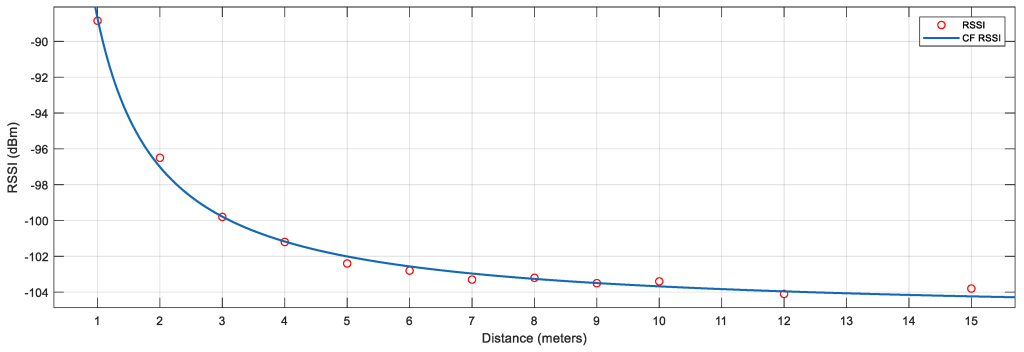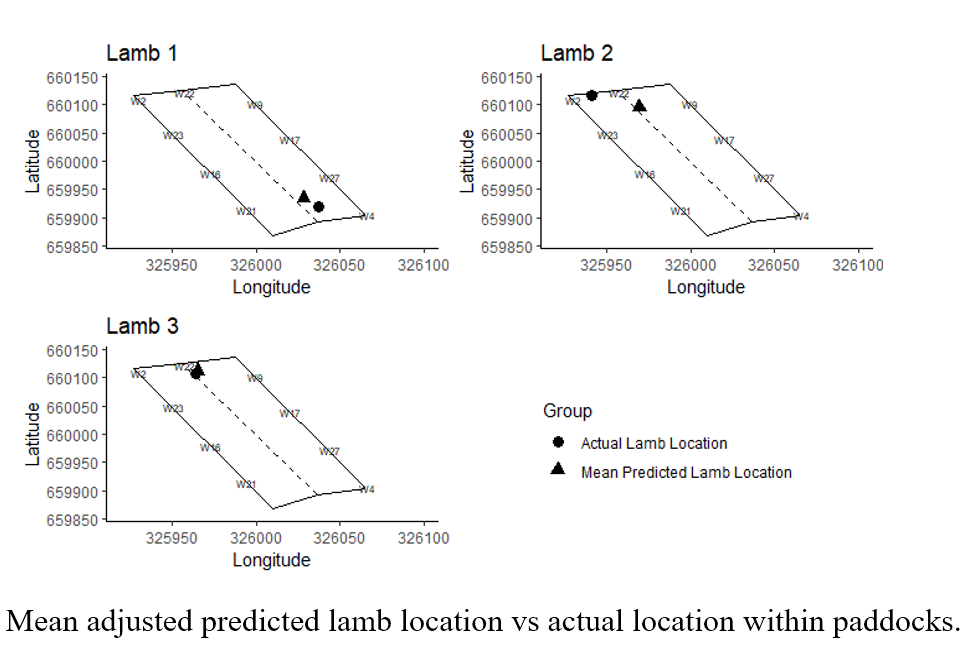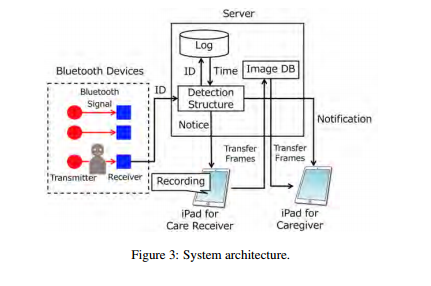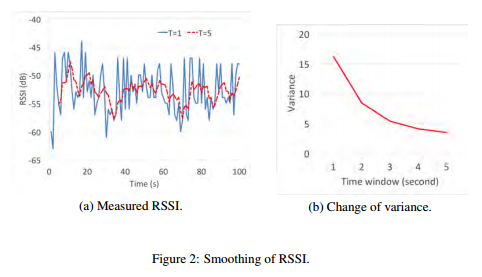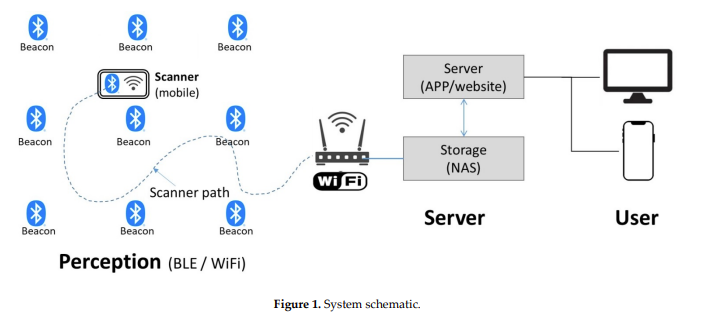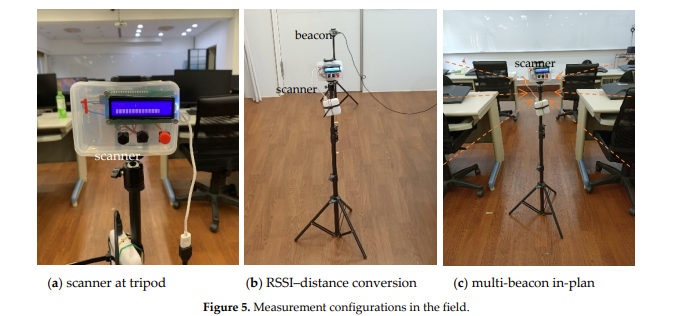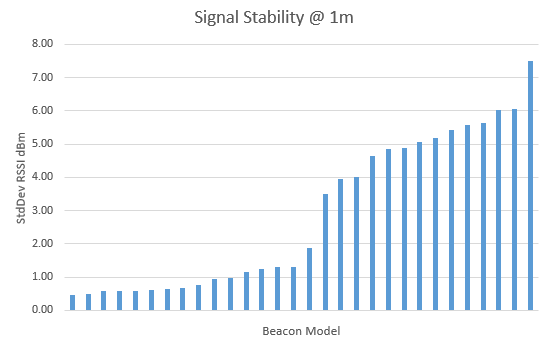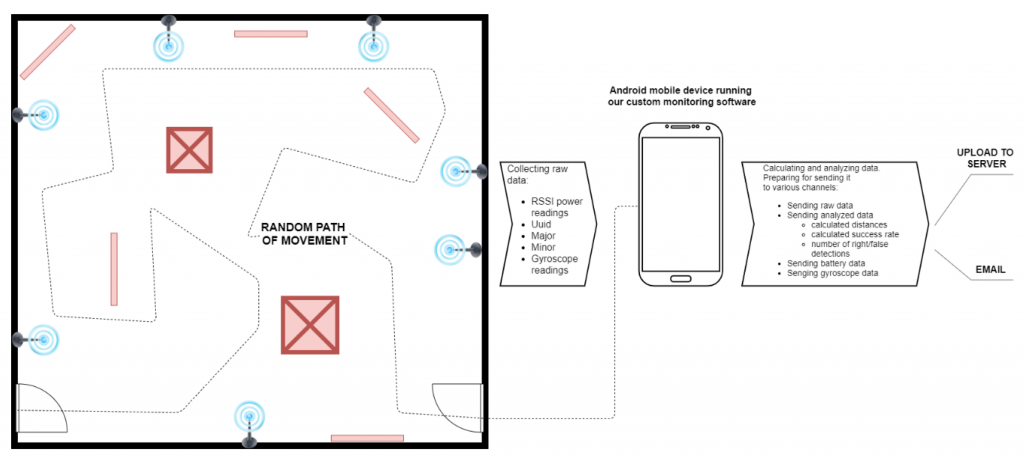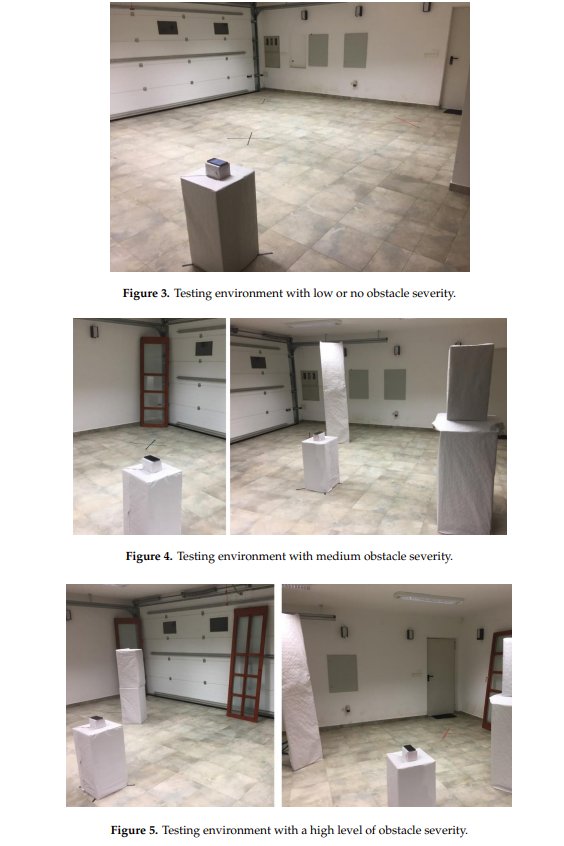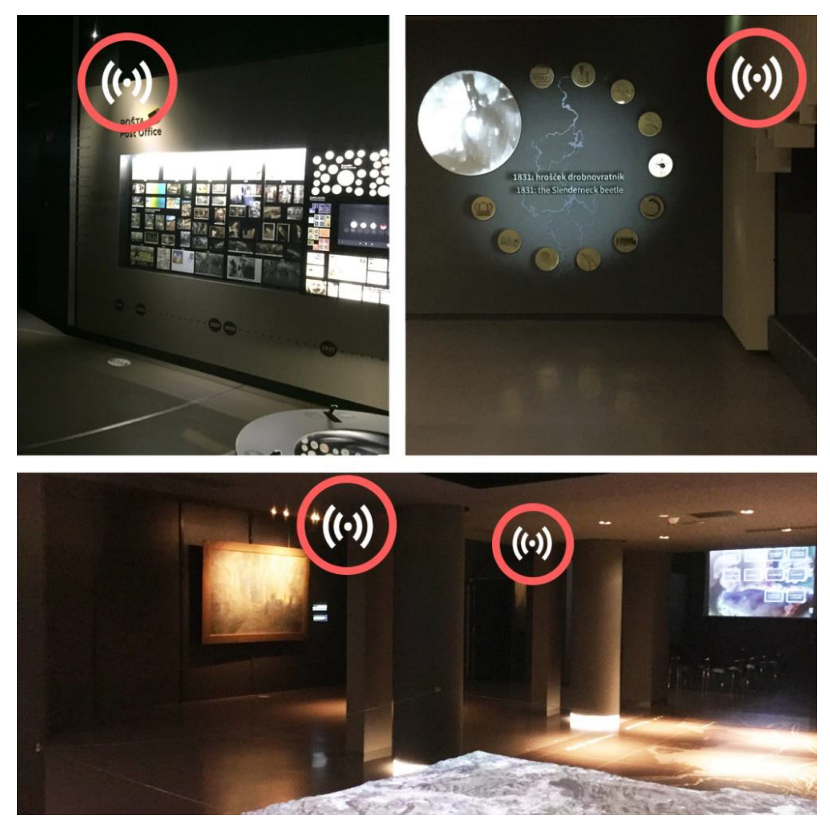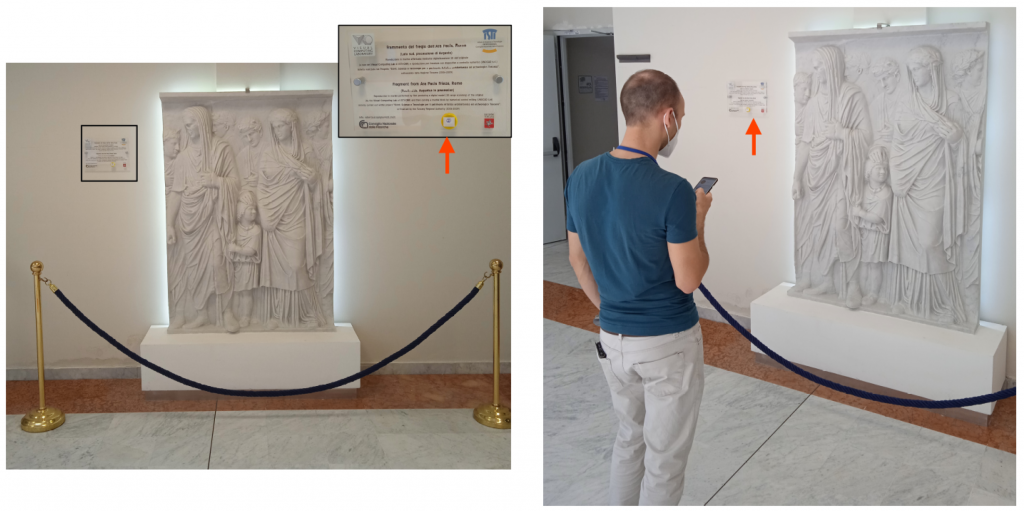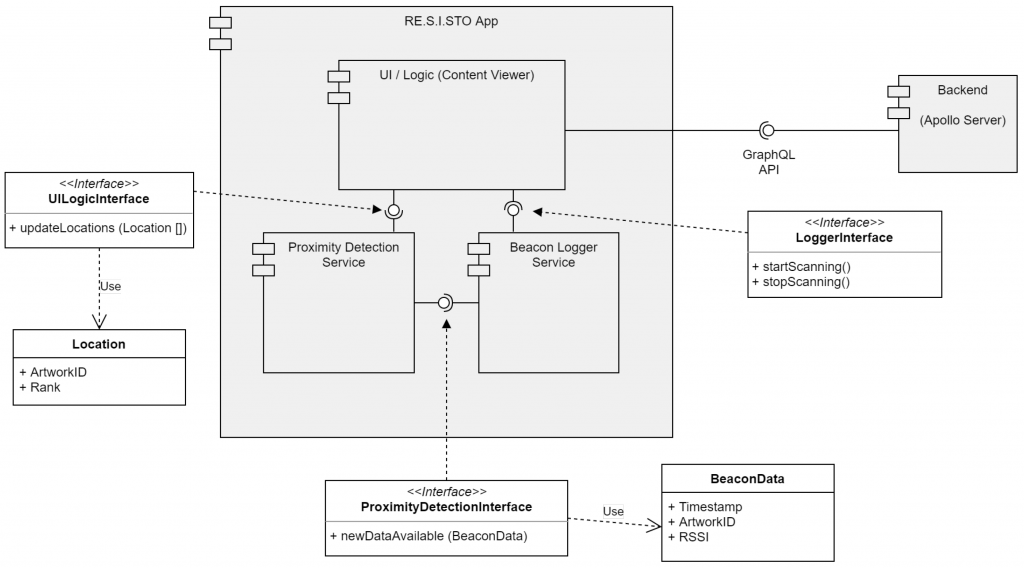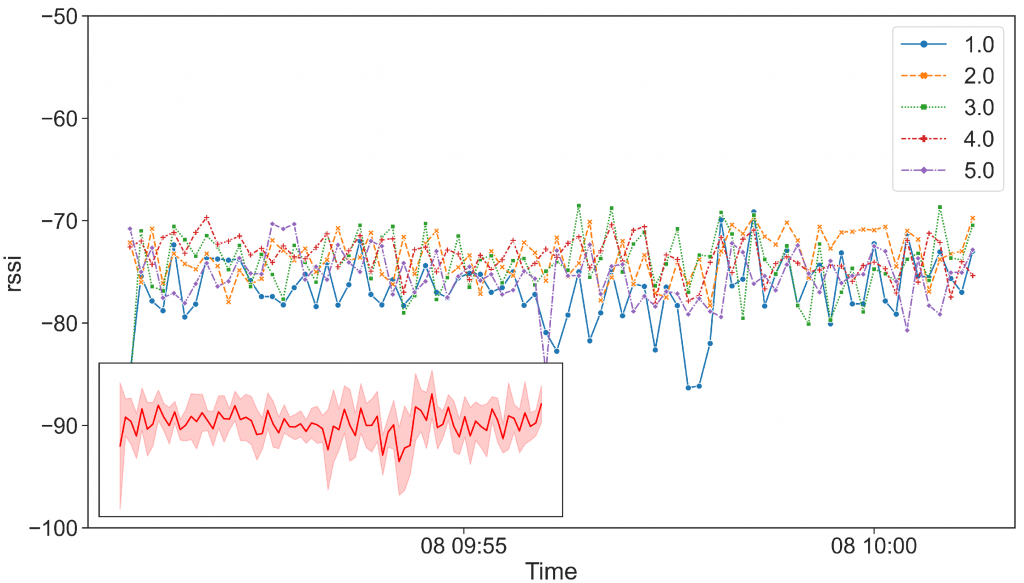New research Using iBeacon Components to Design and Fabricate Low-energy and Simple Indoor Positioning Method (PDF) focuses on developing an effective indoor positioning system using iBeacon. The authors propose an enhanced triangulation technique using signal strength signatures for improved indoor positioning precision.
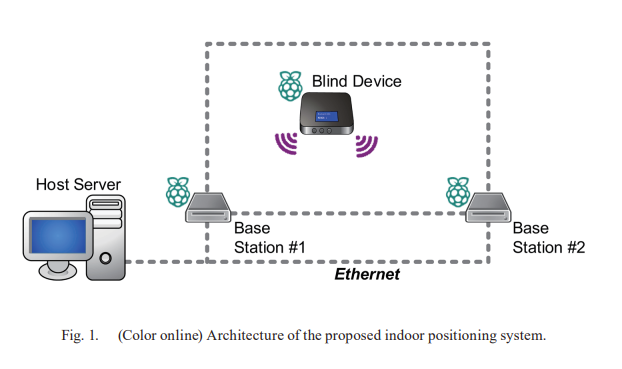
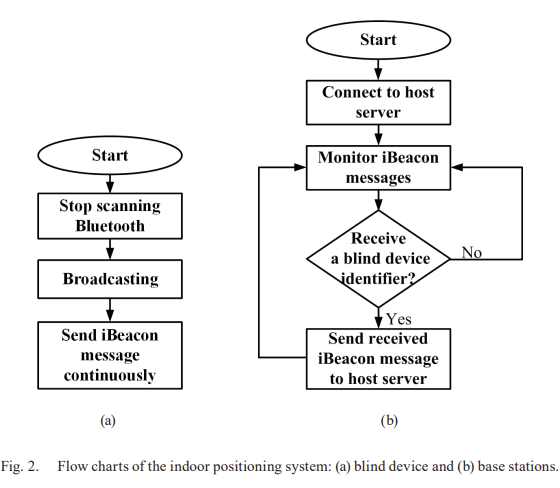
This system integrates a ‘blind’ device and multiple base stations using iBeacon components to form virtual digital electronic fences, effectively receiving signals from moving devices or tags in a targeted area. The proposed method divides the positioning area into rectangular or triangular subareas and establishes a loss value database for improved location estimation.
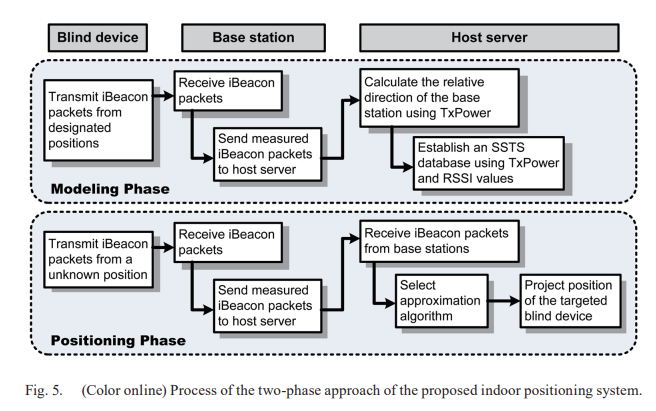
The system shows high accuracy, with an average error of less than 0.5 m in the worst-case scenario, making it suitable for various environments. The paper covers the architecture of the system, development phases and experimental results demonstrating the system’s effectiveness. The research offers significant insights into low-cost, high-precision indoor positioning methods suitable for diverse applications such as healthcare, smart cities, and industrial settings.
